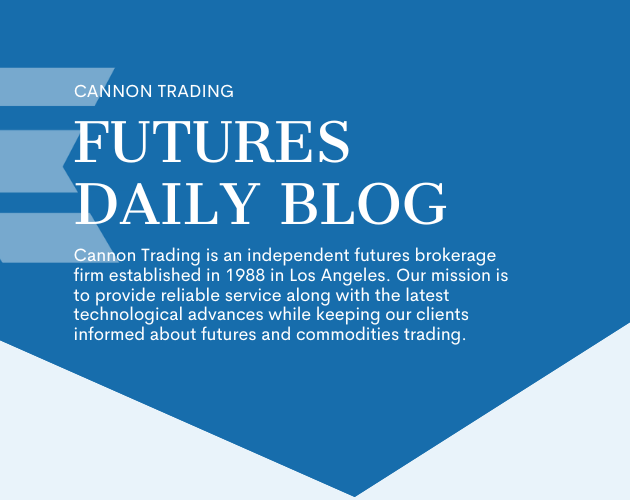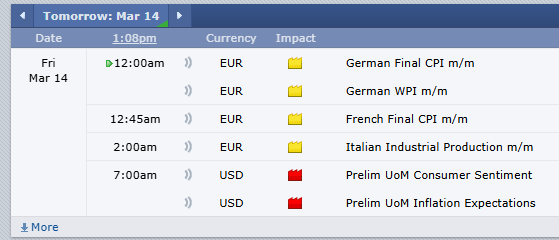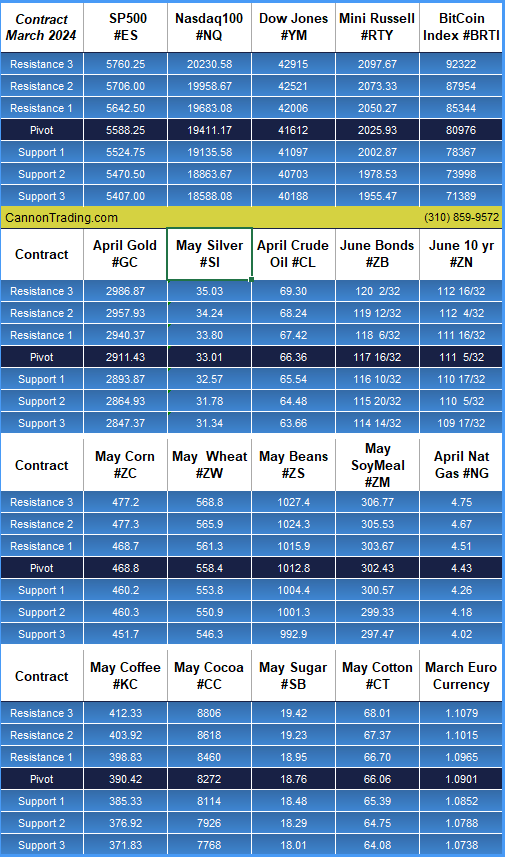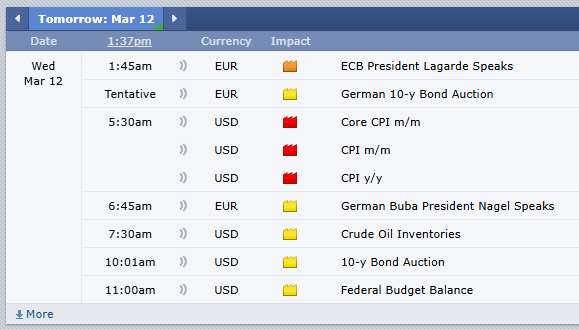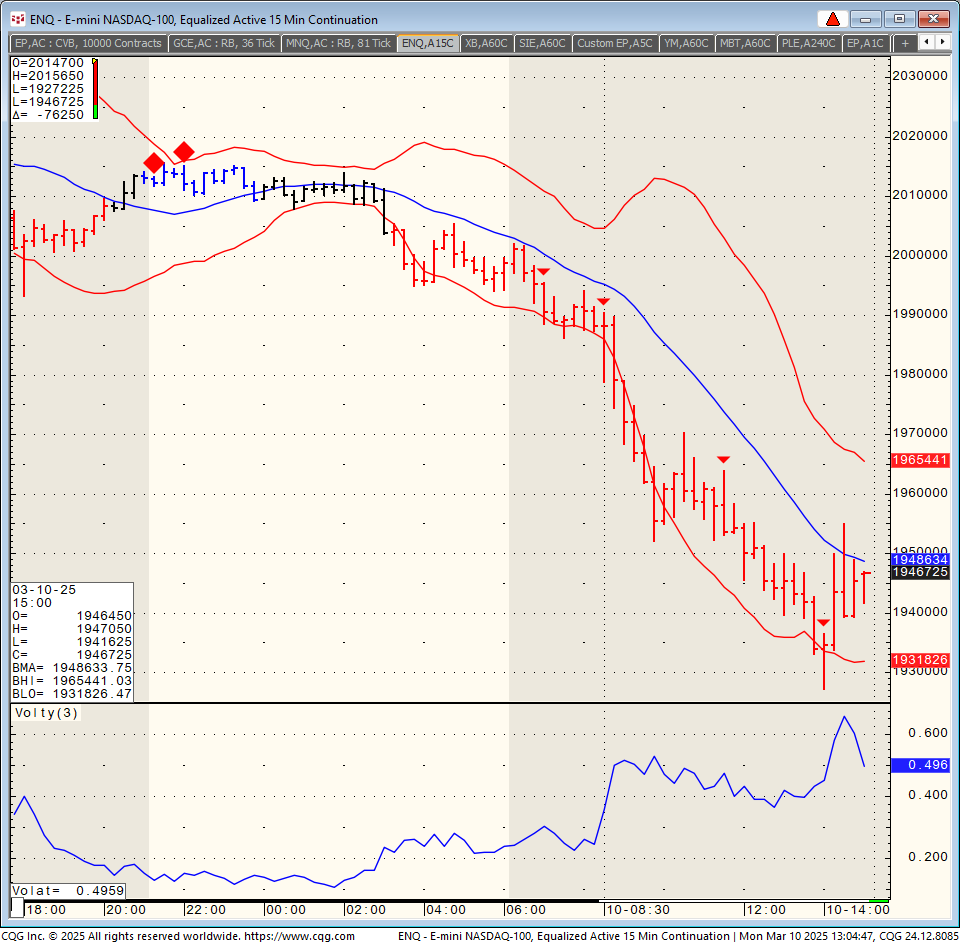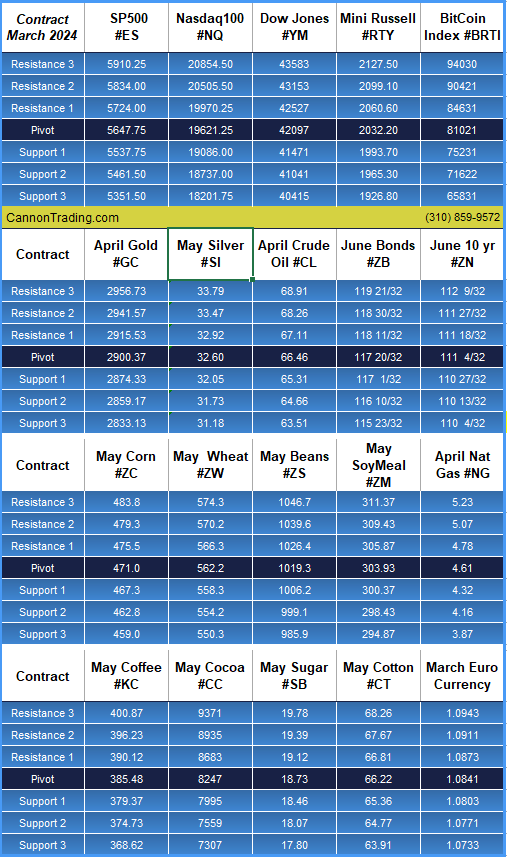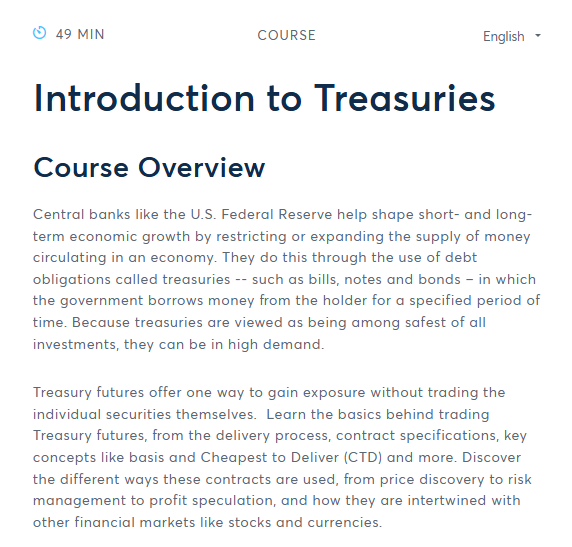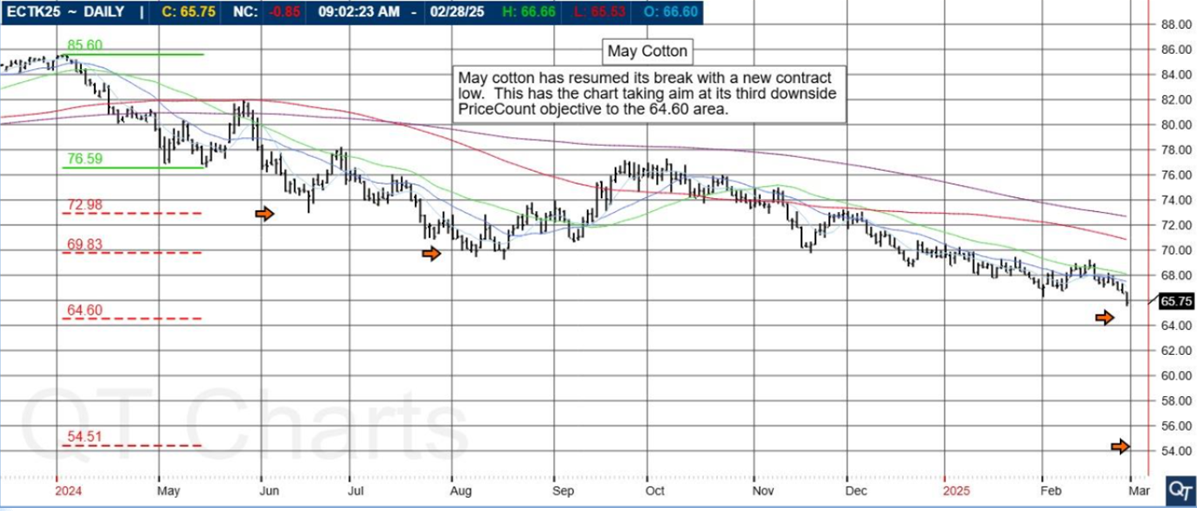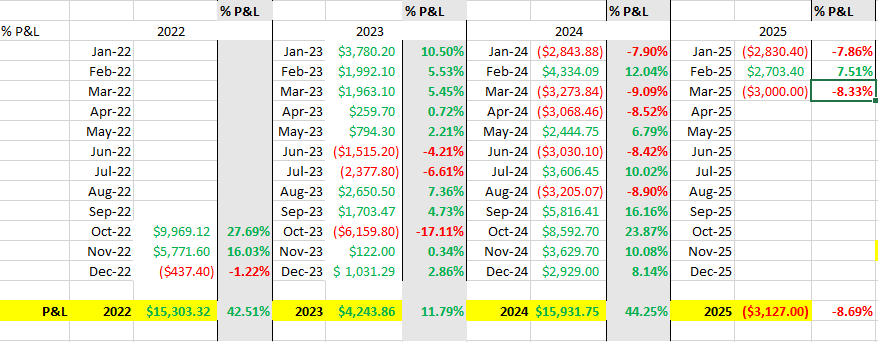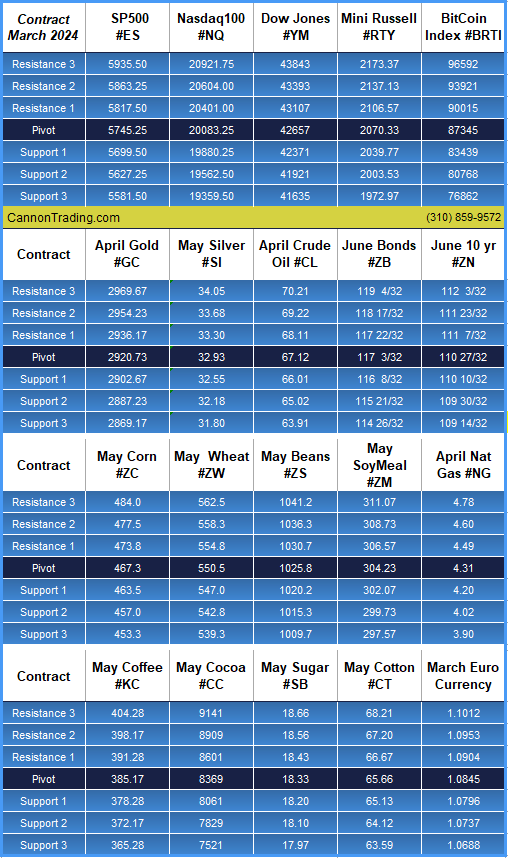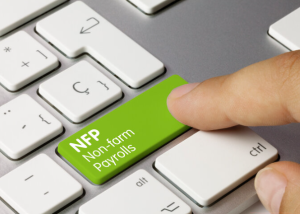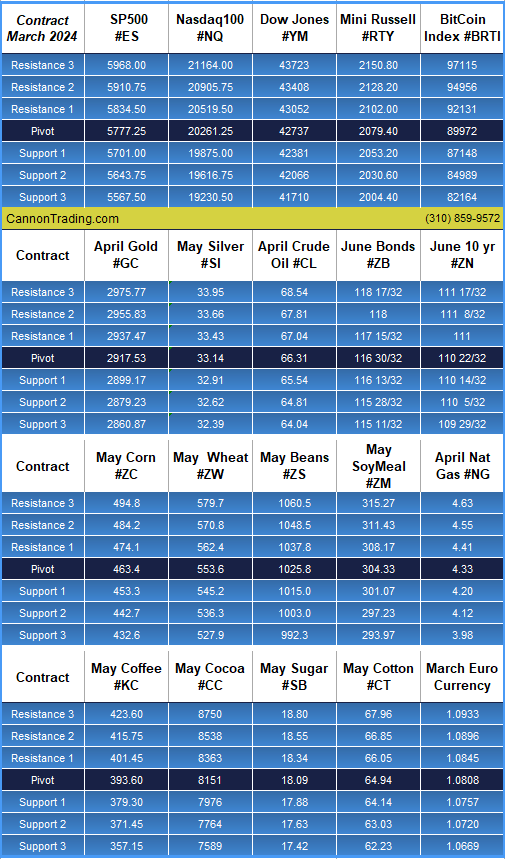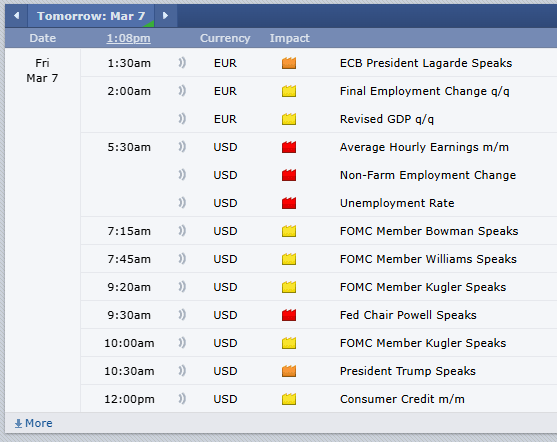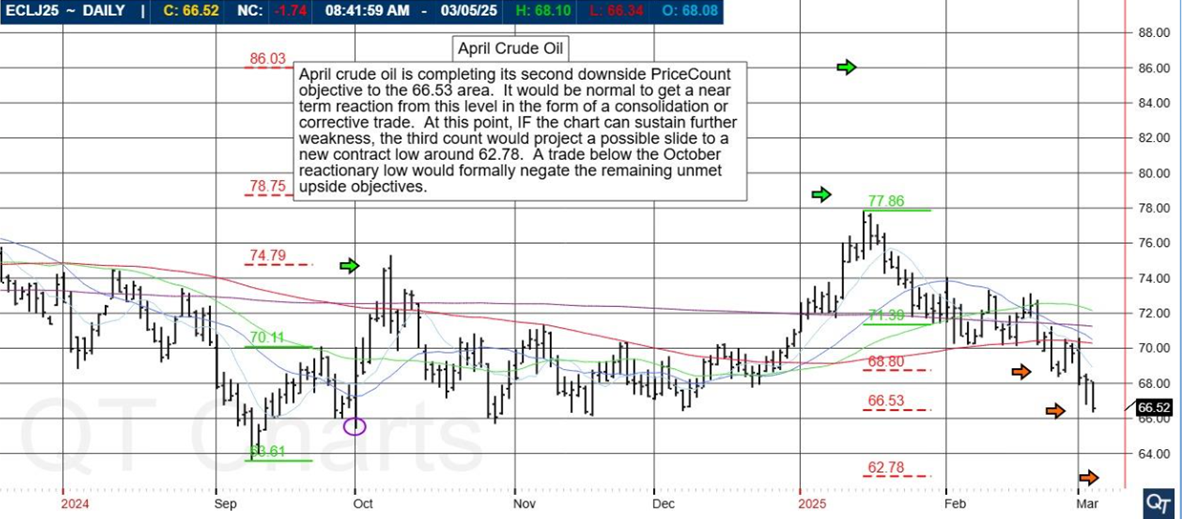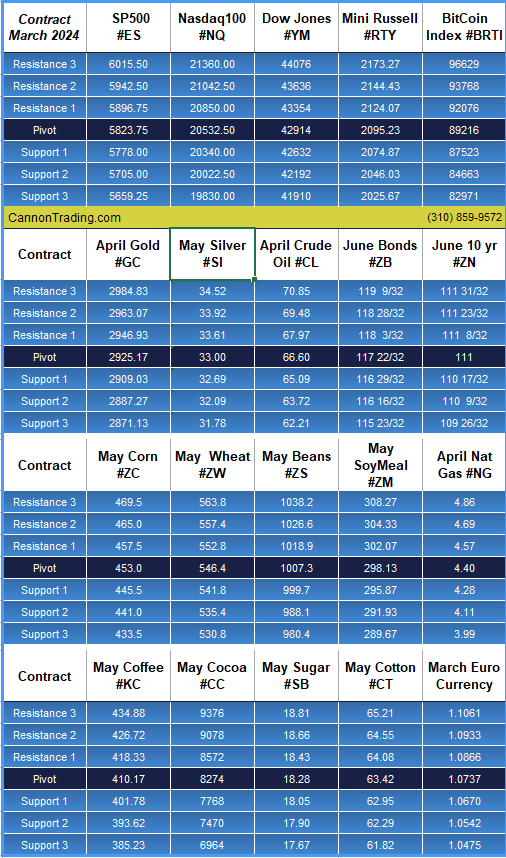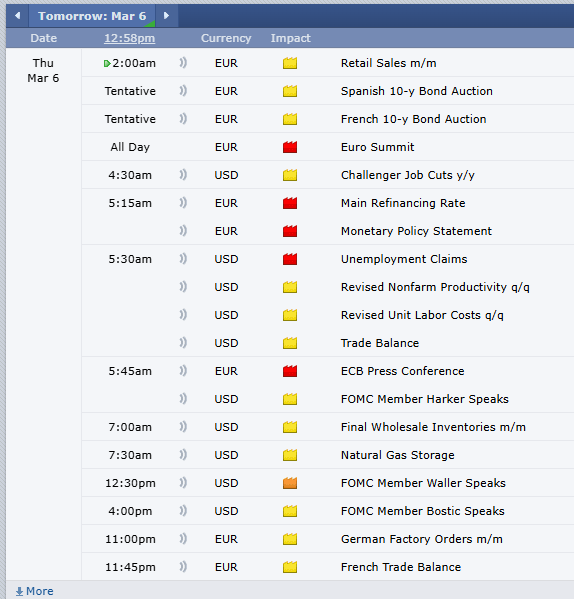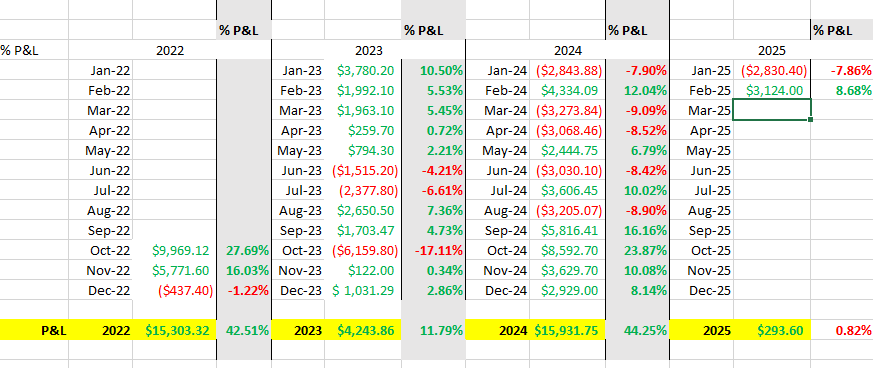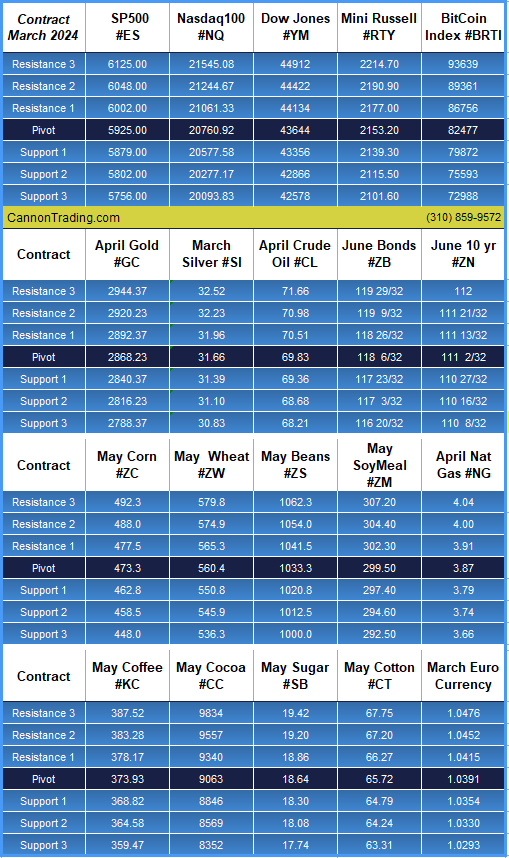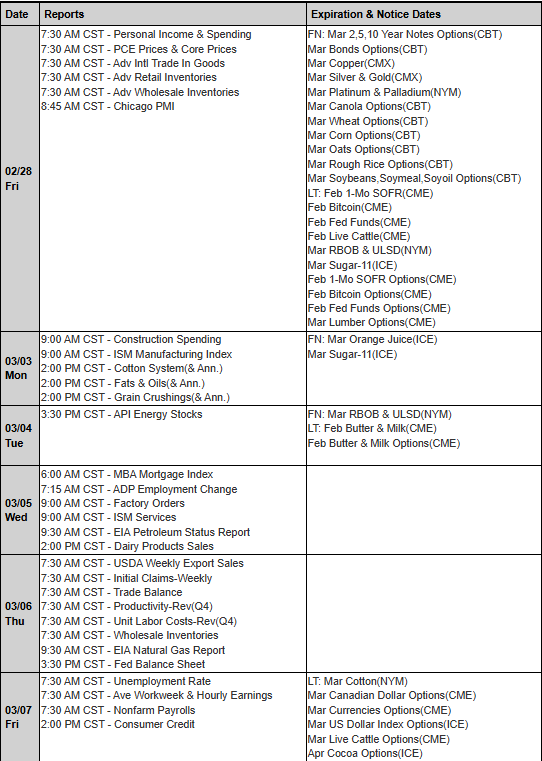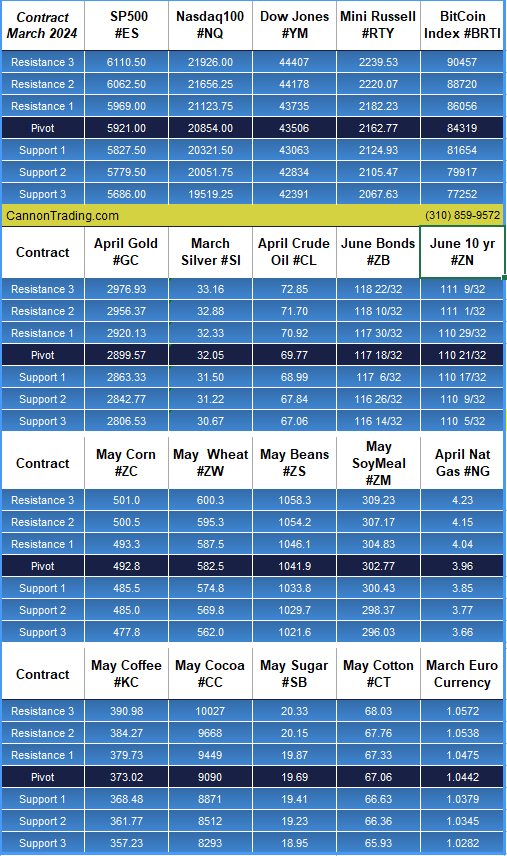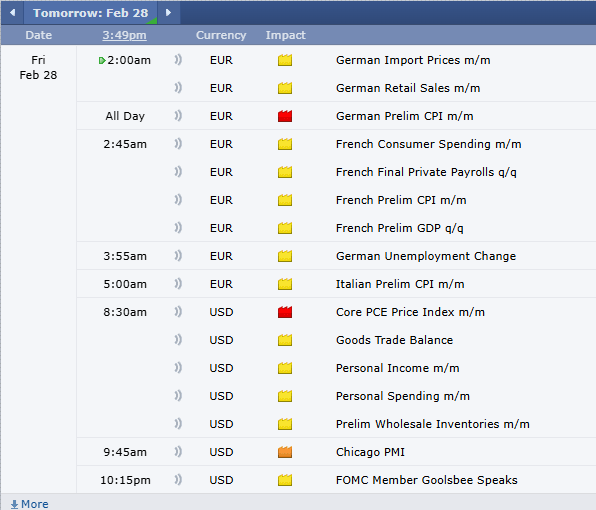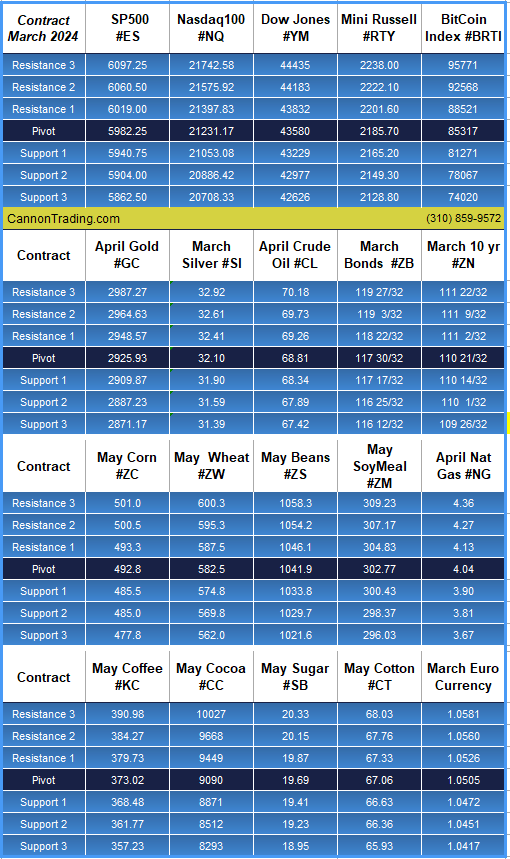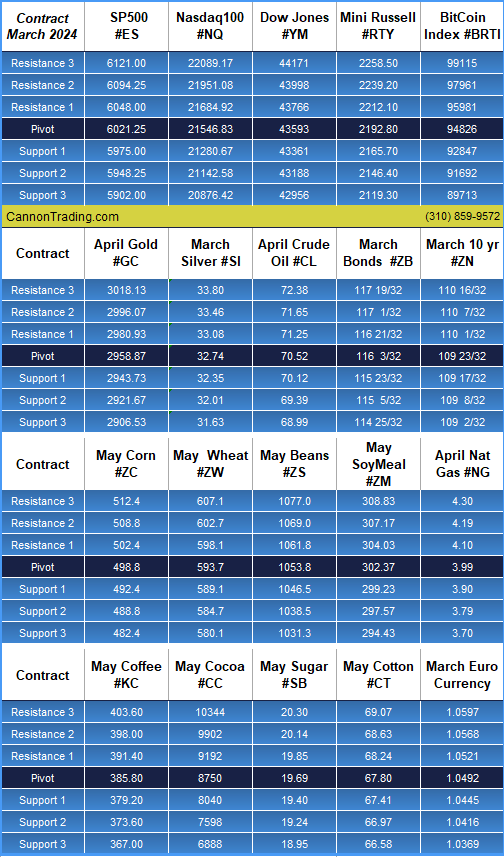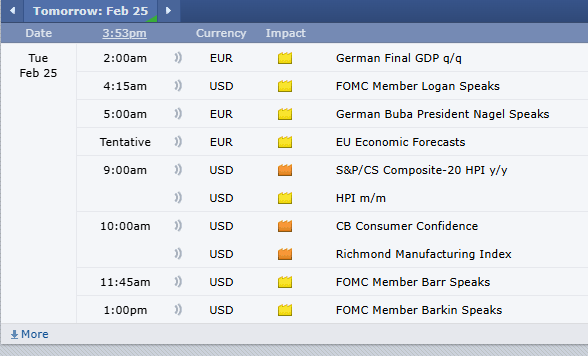| Movers and Shakers: QUIET Econ data and fed speak tomorrow
Market volatility is here to stay for the foreseeable future
Choose your opportunities wisely.
The S&P experienced an 85 point slide ($4250.00 per contract) 65 points immediately following the negative consumer confidence number release that declined by 7 points. The market has continued to recover from the initial loses and look to close in the _0 to 20 point range near 5990.00 basis the March contract. The NQ also took a drubbing, down 225 points as of this writing after being down over 400 points earlier in the session while the DOW looks to add 150 + points today.
Gold, Silver, Recession Fears
Gold, Silver: Recessionary concerns as a result of the building lack of confidence also impacted the Gold and Silver markets , with gold taking a $40.00 per ounce whack and Silver taking a .68 drubbing per troy ounce basis the May contract.
Not to be left out, the US 30 yr Bond, ( ZBM25) was up ( lower interest rates) 42 32nds basis the June contract.
Crude oil will be closing under $70.00 bbl for the first time since the day after Christmas at what looks to be 69.10 basis the April contract.
Updated: February 25, 2025 7:28 am
Dallas Fed President put forth the idea of using a modest portion of the Federal Reserve’s balance sheet to holding daily auctions of discount window loans, arguing that it will improve efficiency and effectiveness in implementing policy, and encourage banks needing liquidity to borrow at the Fed. The US Fed discount window lend to banks in need of cash, exchanging for less liquid collateral held by banks.
Updated: February 25, 2025 7:55 am
Redbook Weekly US Retail Sales Headline Recap
**Redbook Weekly US Retail Sales were +5.9% in the first three weeks of February 2025 vs February 2024
**Redbook Weekly US Retail Sales were +6.2% in the week ending February 22 vs yr ago week
Updated: February 25, 2025 8:01 am
Case Schiller 20 US Metro-Area Home Prices Recap
**Case Schiller 20 US metro area home prices for December Y/Y: +4.4% from the year ago month
**Case Schiller 20 US metro area home prices for December M/M: -0.1% vs prior month
Updated: February 25, 2025 9:02 am
Richmond Fed Manufacturing Index Headline Recap |
